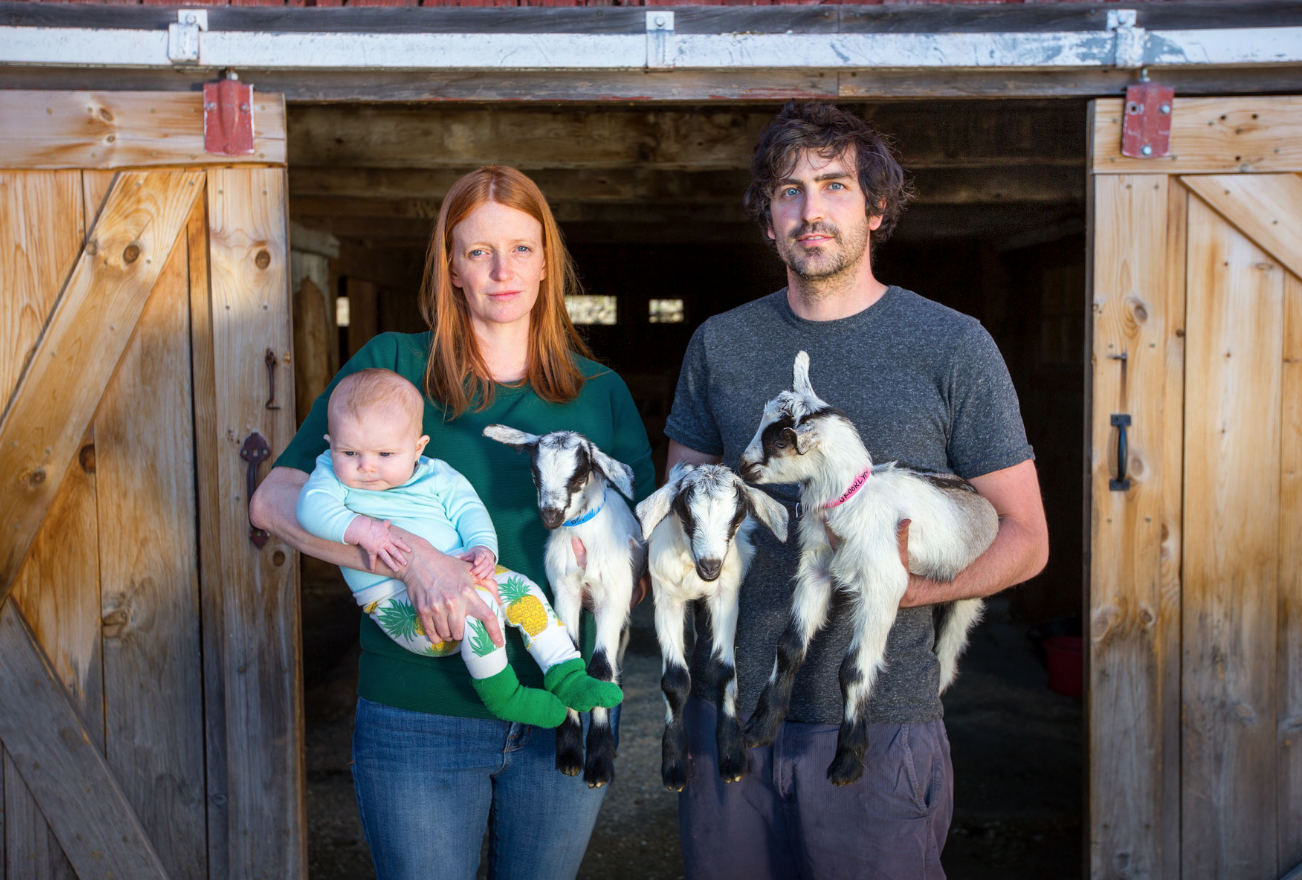At midnight on October 1, the 2014 Farm Bill expired. Not only did it expire, but Congress has left D.C. without passing a temporary extension to fund key programs while the final bill is being negotiated. Without a farm bill or an extension in place, many federal farm programs now simply cease to exist until Congress takes action, while many more are unable to fully function. At the very time that many farmers across the country are pulling in their final harvests and beginning to look toward the 2019 season, Congress has left them hanging.
Read on to learn what this means for young farmers and ranchers, but first, take two minutes to let Congress know young farmers need a farm bill now by clicking here or by texting “Farm Bill” to 40649.
Programs most at risk in this post-farm bill world are the small, so-called “stranded” programs that lack permanent funding. Programs that young farmers rely on for things like technical training, business planning, access to local markets, or organic certification have ceased operation and are unable to accept applications. Many of NYFC’s top farm bill priorities–the Beginning Farmer and Rancher Development Program (BFRDP) that funds farmer training, the Value Added Producer Grant (VAPG) and the Farmers Market and Local Food Promotion Program (FMLFPP) that support local and regional food markets, the Organic Cost Share (OCCSP) program, and Outreach and Assistance to Farmers of Color and Veteran Farmers (known as 2501)–are completely shut down.
Though these small programs are bearing the brunt of the farm bill lapse, even larger programs are on hold too, including a number of crucial conservation programs. The Agricultural Conservation Easement Program (ACEP) that funds easements to protect agricultural land from development–a critical component to keeping farmland affordable for young farmers–and the Conservation Stewardship Program (CSP), one of USDA’s largest working lands conservation programs, do not have the legal authority to continue operating without a farm bill or extension, forcing USDA to stop accepting applications for new contracts.
Likewise, the Environmental Quality Incentives Program (EQIP), USDA’s flagship conservation program, is on hold while USDA waits to see what big changes Congress has in store in the new farm bill. Although technically EQIP has the authority to continue without a new farm bill, USDA is holding back most funds until a final bill is passed. This means limited funding for farmers interested in improving the sustainability and profitability of their operations by cover cropping, building high tunnels, planting riparian buffers or wind breaks, or updating to more efficient irrigation systems.
In addition to plunging these key farm programs into limbo, the expiration of the farm bill also places our farm bill priorities included in the new House and Senate farm bills completely up in the air until Congress gets back to work.
So what now? The House is on recess until after the Midterm Elections on November 6 and the Senate left D.C. last week for their home states. With the departure of Congress, so goes any chance of passing a new farm bill or an extension before November. After Election Day, Congress will have less than two short months of the “lame duck” session to complete a farm bill or pass an extension before the end of the year, on top of a to-do list that includes funding the federal government and providing emergency hurricane relief to impacted communities–a tall order.
At a moment when our nation’s farmland is in transition, and farmers are dealing with extreme weather, unprecedented drought, and unstable markets, we need a farm bill, and one that promotes resilience and invests in the next generation.
There’s still time for you to take action to support these programs and ask Congress to finish the farm bill by clicking here or texting “Farm Bill” to 40649.
